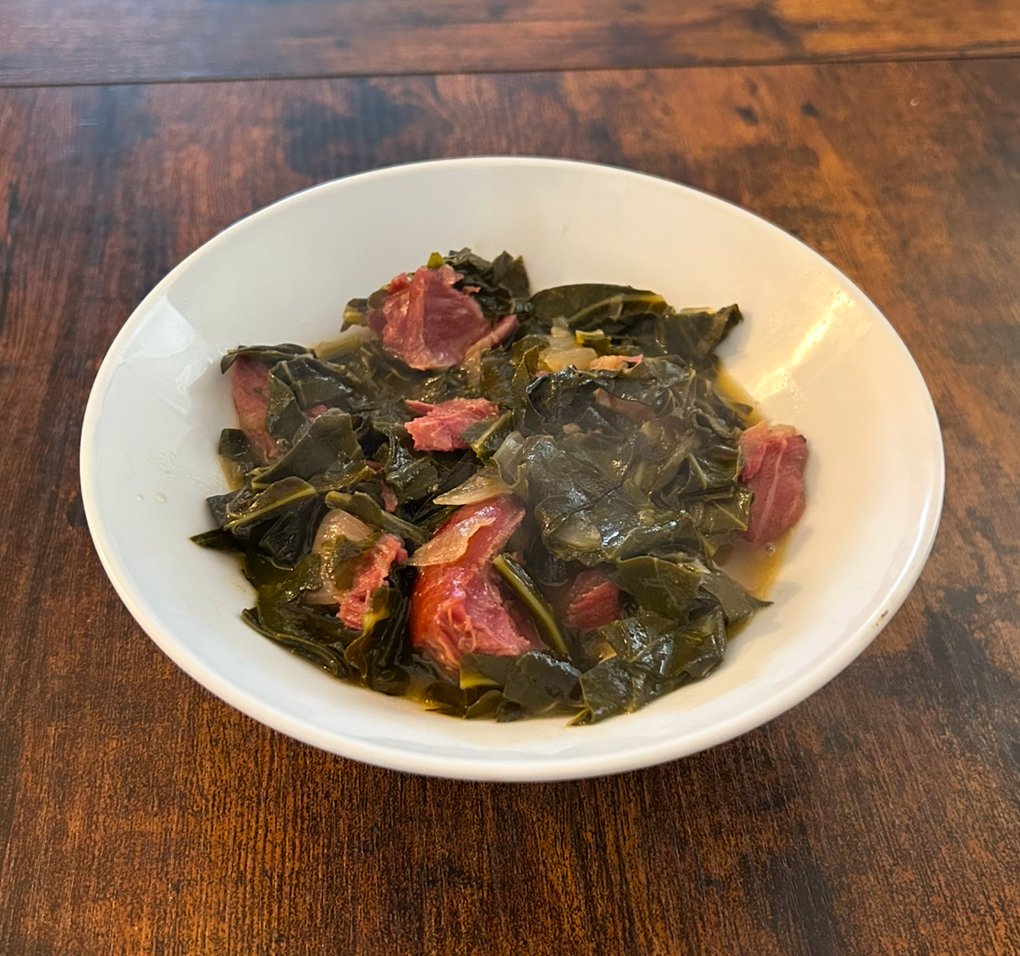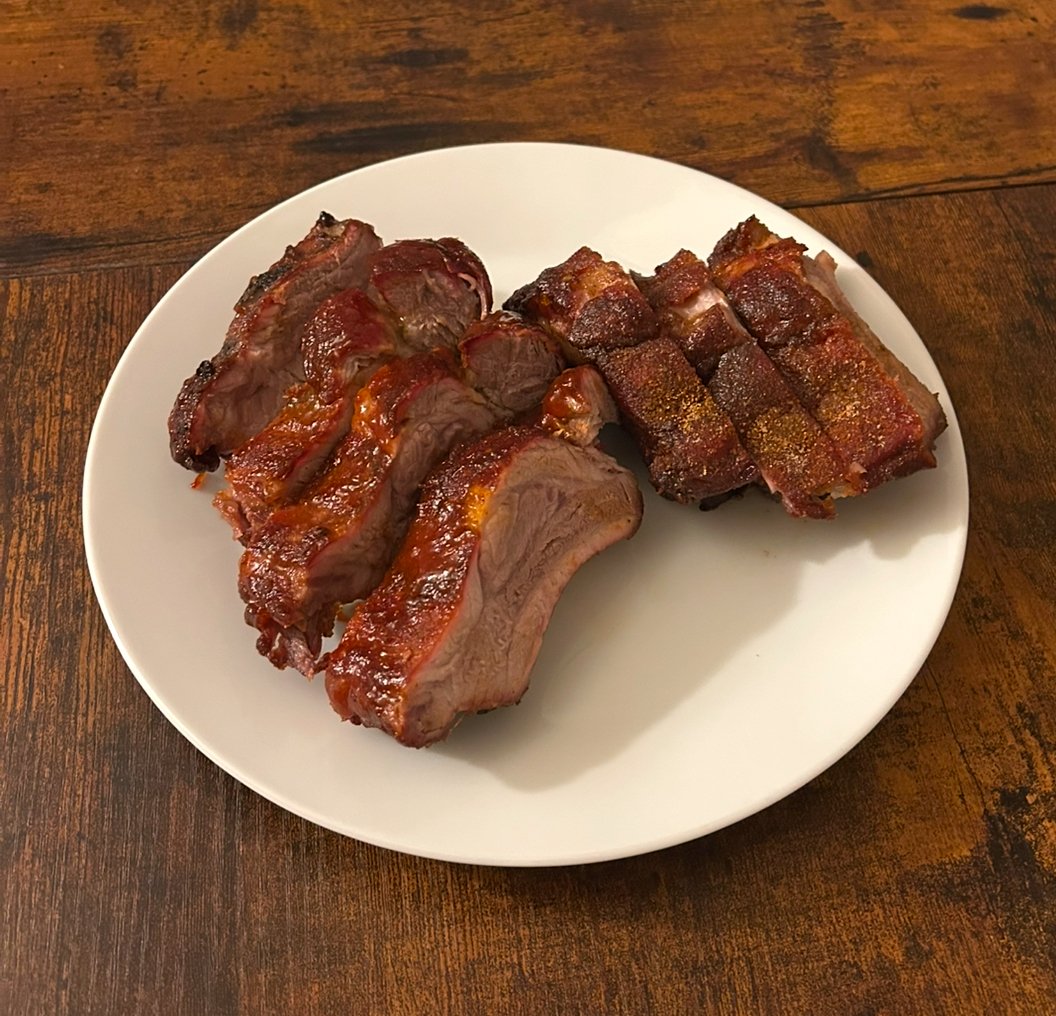Barbecue Traditions
The technique of barbecue is about as American as it gets. The origins of this dish come from the Native American technique slow cooking meat over a fire, and was given the name of “barbacoa” by Spanish explorers who observed indigenous people of the Caribbean engaging in this cooking style. Over time, this practice spread throughout the New World and took hold in the American colonies. Barbecue culture now exists widely throughout the United States, with certain geographical areas being home to distinct styles of barbecue. The four most prominent regional styles of barbecue in America are Carolina, Memphis, Kansas City and Texas barbecue, with honorable mentions going to St. Louis, Alabama, Kentucky and Chicago. Below you can find a breakdown of the main characteristics of each regional variation of barbecue:
Central Texas
Centered around smoked beef, mainly brisket
Known for simple salt & pepper seasonings for the meat
East Texas
Pork and beef equally featured in this style
Meat is known for its “fall off the bone” quality, meaning long cook times at low heat
Served alongside a sweet tomato-based sauce
West Texas
Meat is cooked over direct heat
Mesquite wood is used for the cooking fire
South Texas
Heavily influenced by Mexican cuisine and is referred to by the Spanish name “barbacoa”
Often features less-popular cuts of beef and goat meat
Served alongside Mexican-style sauces and sides
Traditional BBQ meats of beef and pork are featured prominently in this style of BBQ, but less common meats such as chicken or fish are also included in this regional style
Known for brisket “burnt ends”
Served with a tomato and molasses-based BBQ sauce
East Carolina
Involves smoking a whole pig over coals
Served alongside a vinegar-based BBQ sauce
West Carolina
Known for pork shoulder/ pulled pork
Served with a tomato based BBQ sauce
Known for dry-rubbed pork shoulder and ribs
Traditionally served without BBQ sauce, or “dry”











